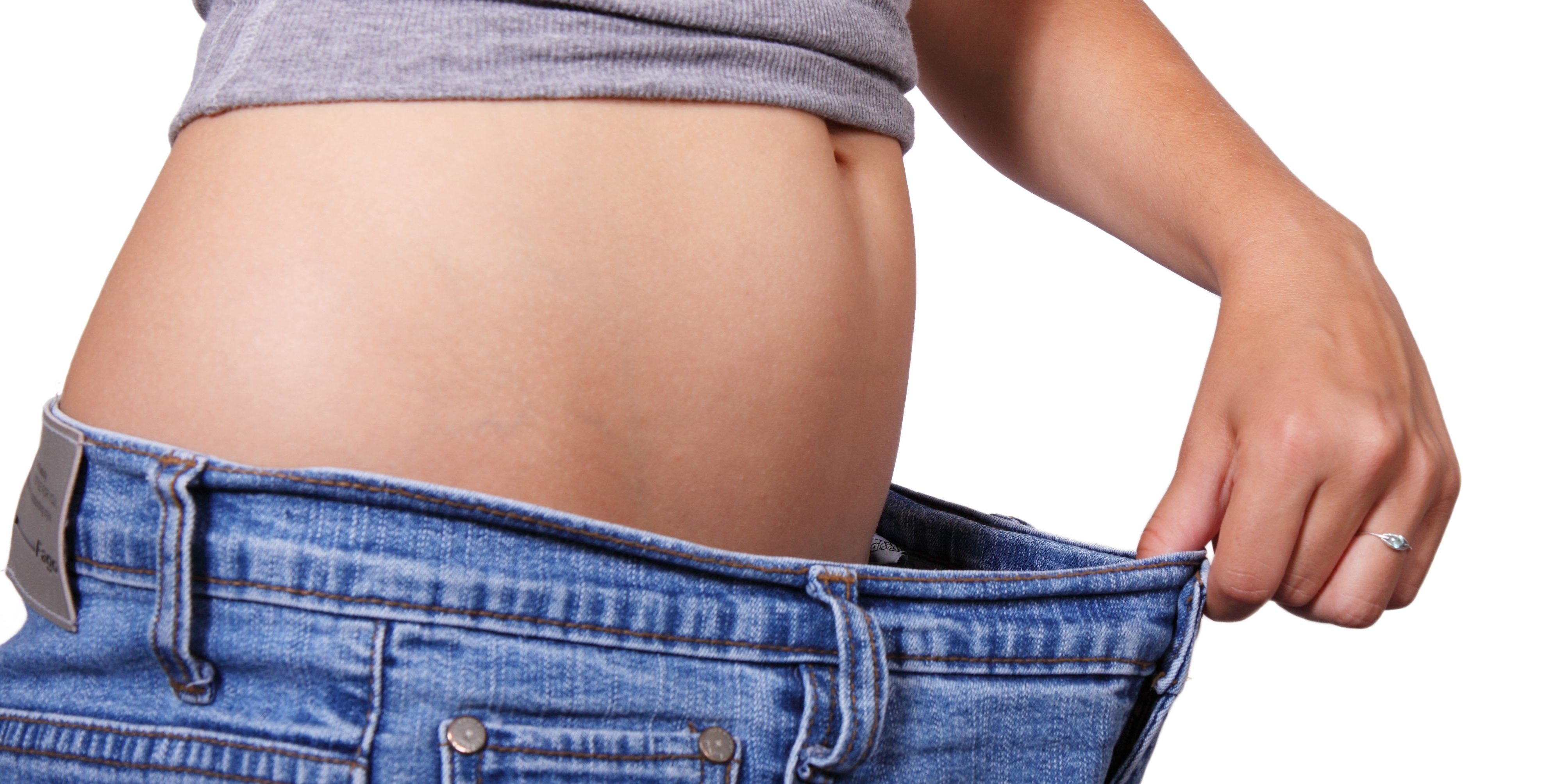The gastric bypass is currently one of the most common procedures for weight loss.
Gastric bypass is a procedure where the stomach is separated a few inches below the stomach entrance. It leaves a small remaining stomach, a “pouch,” which holds about 15ml and serves as a container for the food supplied. The small intestine is also bypassed – one end of the intestine is connected to the remaining stomach, and the other redirected so that the food and digestive juices are first mixed in the middle small intestine. The small intestine is bypassed.
The digestive juices are introduced into the deeper intestinal sections and thus can only begin digestion by the decomposition of the food components. The result is that not all food components can be decomposed, and therefore only a part is taken up -“resorbed.” There are thus fewer nutrient components available to the blood. The undigested food is transported to the colon. It is primarily a malabsorptive procedure with mild restriction.
(malabsorptive: the absorption of nutrients from the intestine is reduced)
The duration of the hospital stay is 5 – 7 days.
What are the disadvantages of gastric bypass? Or. What complications can occur?
The anatomy of the digestive process is changed. Not only the intake of calorie carriers is reduced, but also the vitamins, minerals and trace elements. In particular, vitamin B12 can no longer be “absorbed” by the normal digestive power and the dose must be given by injection for life. In some cases, this also applies to the absorption of iron. The permanent intake of a multivitamin preparation is required daily. Certain medications should no longer be taken orally because they may damage the intestinal mucosa. Others are degraded in their effectiveness, e.g. hormones.
Depending on the food composition, side effects such as bloating, foul-smelling fatty stools, diarrhea and the so-called “dumping syndrome” with a circulatory decline and lightning-like evacuation may occur after eating very sugary foods and drinks.
The restrictive effect of the little “pouch” can be lost over time and then normal-sized to large amounts of food can be eaten again.








